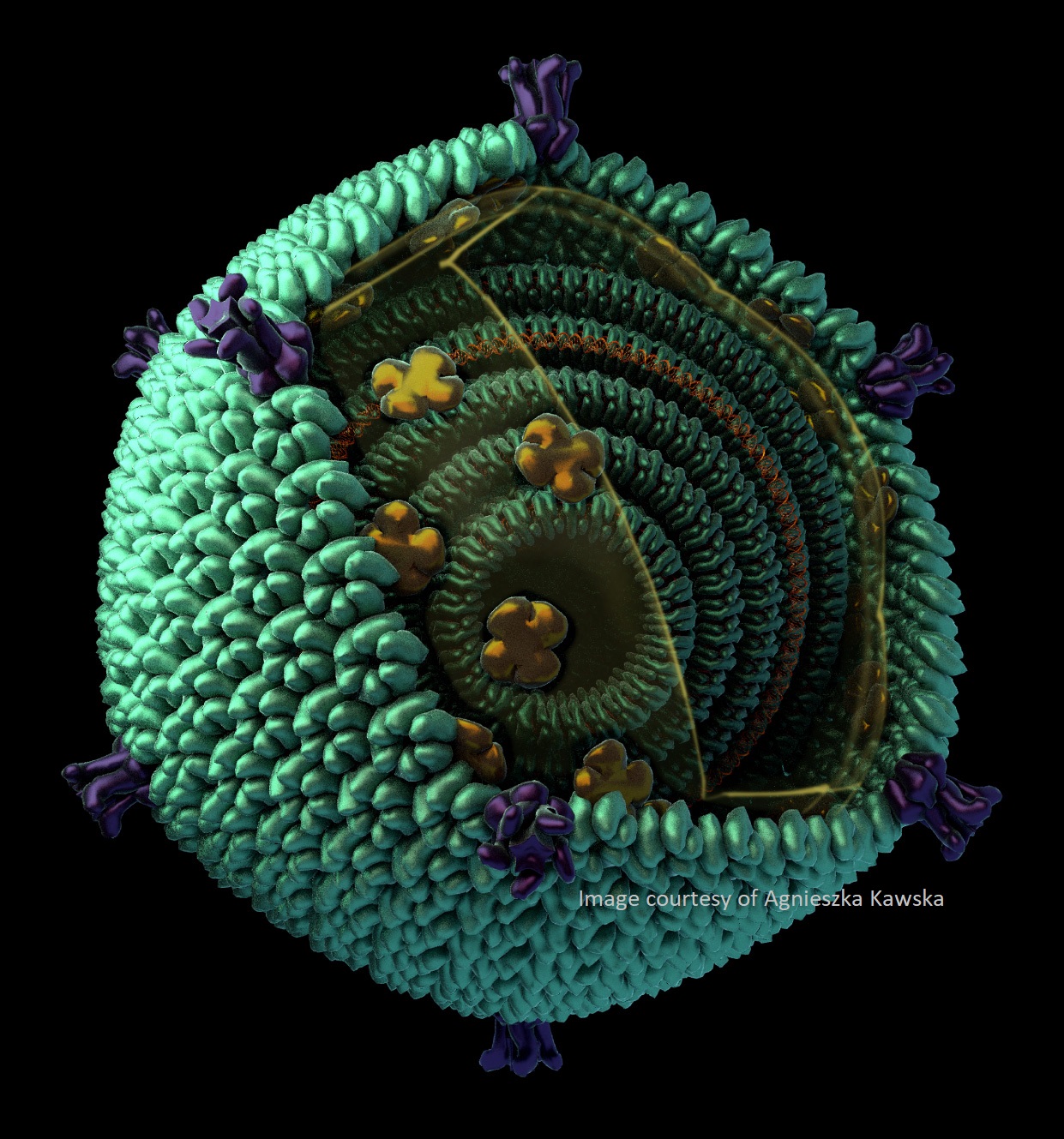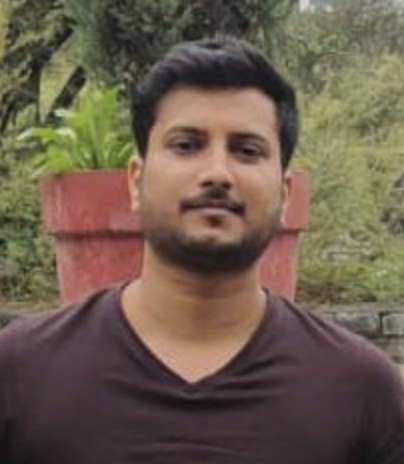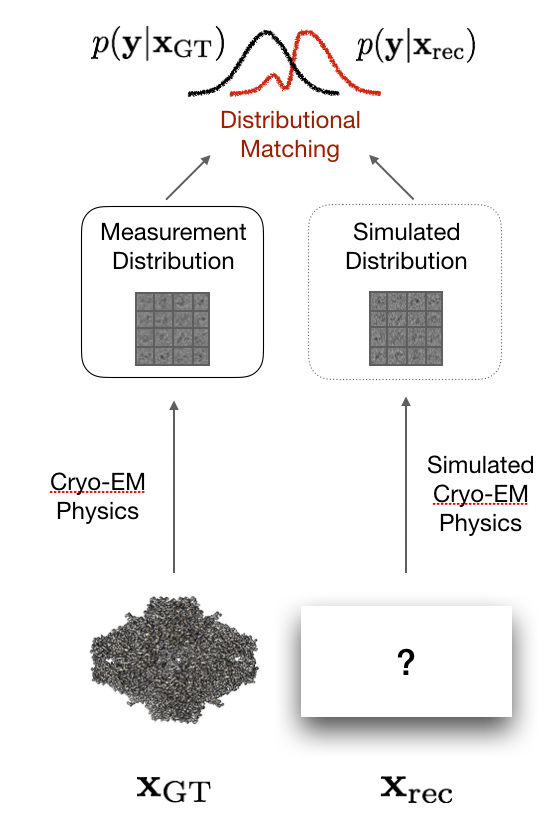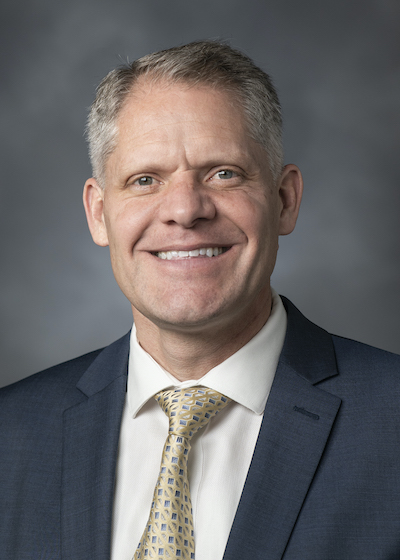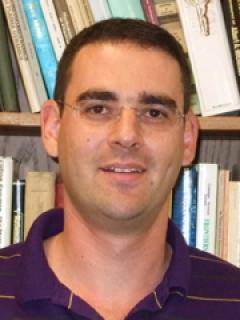
Sjors Scheres
MRC Laboratory of Molecular Biology
Date and time: March 23rd, 2022
Wednesday, at 8am PT / 11am ET / 3pm GMT / 4pm CET / 11pm China
For the zoom and gather.town links, please join the One World Cryo-EM mailing list.
High-throughput cryo-EM structure determination of amyloids
The formation of amyloid filaments is characteristic of various degenerative diseases. Recent breakthroughs in electron cryo-microscopy (cryo-EM) have led to atomic structure determination of multiple amyloid filaments, both of filaments assembled in vitro from recombinant proteins, and of filaments extracted from diseased tissue. These observations revealed that a single protein may adopt multiple different amyloid folds, and that in vitro assembly does not necessarily lead to the same filaments as those observed in disease. In order to develop relevant model systems for disease, and ultimately to better understand the molecular mechanisms of disease, it will be important to determine which factors determine the formation of distinct amyloid folds. High-throughput cryo-EM methods will facilitate the screening of large numbers of in vitro assembly conditions. To this end, I will describe a new filament picking algorithm based on the Topaz approach, and outline image processing strategies in Relion that enable atomic structure determination of amyloids within days.
